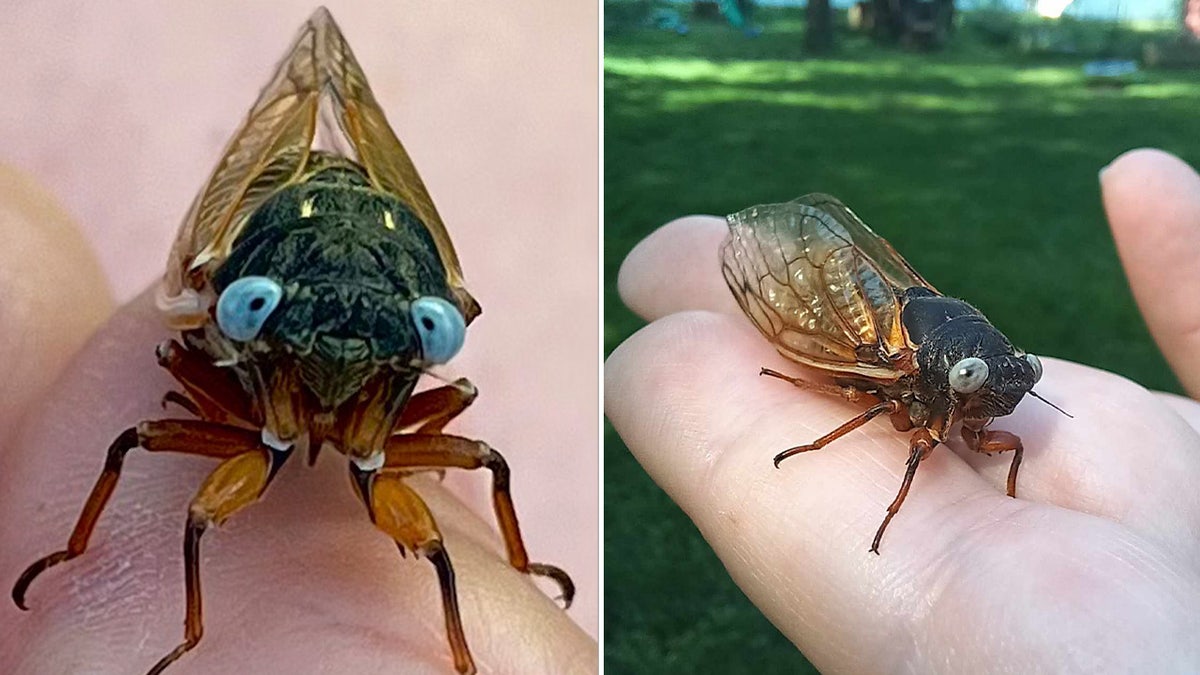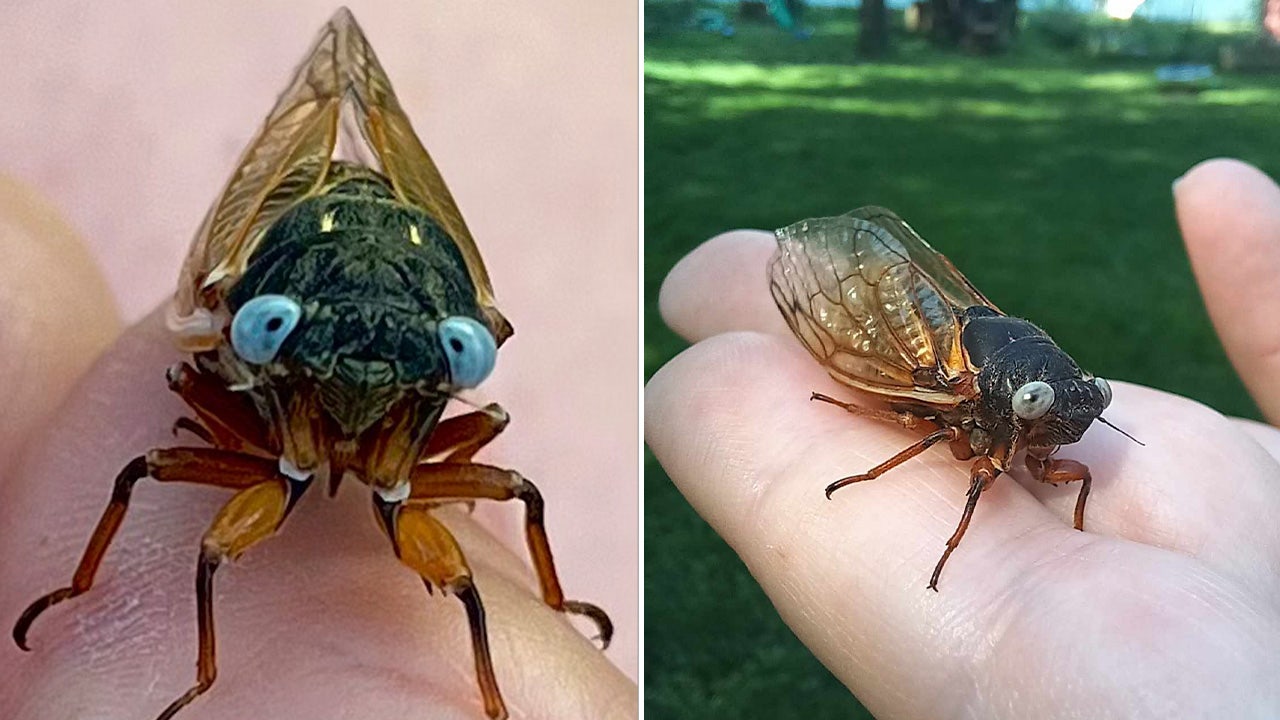Photo from Amid the swarms of red-eyed cicadas in Illinois, the discovery of a blue-eyed cicada is a remarkable event, often described as a “one in a million” possibility. This year, Illinois has seen two such rare occurrences, drawing significant attention from entomologists and the public alike.

Do Blue-Eyed Cicadas Have a History?
The first blue-eyed cicada was found by four-year-old Jack Bailey in his family’s yard in Wheaton, a suburb of Chicago. His sister Caroline, 14, noticed the unusual blue eyes and brought it to their mother, Greta Bailey. Greta initially thought it was a unique find but didn’t realize its rarity until later. After learning about the significance of their discovery, Caroline and her twin sister Addison managed to locate the cicada again after letting it go, ensuring it could be studied further. This blue-eyed female cicada, now part of the Field Museum of Natural History in Chicago, is the first of its kind in the museum’s collection.
Another blue-eyed cicada was spotted in Orland Park, another Chicago suburb, by Kelly Simkins, owner of Merlin’s Rockin’ Pet Show. Simkins recognized the rarity of the find, noting the cicada’s blue eyes were a result of a genetic mutation. These discoveries are significant as they offer a unique opportunity to study these rare mutations in cicadas.
Cicada Broods in Illinois
Illinois is experiencing the emergence of two broods of cicadas this year: Brood XIX and Brood XIII. Brood XIX has appeared in the southern and central parts of the state and across the Southeast, while Brood XIII is concentrated in the Midwest, including Northern Illinois, Wisconsin, Iowa, Indiana, and Michigan. Brood XIX cicadas have a 13-year life cycle, emerging en masse after spending over a decade underground. Brood XIII cicadas, on the other hand, follow a 17-year life cycle. These periodical broods create a spectacle as they surface in large numbers, filling the air with their distinctive mating calls.
Life Cycle of a Cicada
The lifespan of cicadas above ground is brief, typically ranging from three to six weeks. During this time, male cicadas sing to attract females, who lay eggs after mating. The adults then die, leaving behind a new generation that will spend years underground before emerging. This cycle ensures the survival and proliferation of cicada populations.
The periodical cicadas of Brood XIX and Brood XIII will begin to die off in June, although some may persist into late May or July, depending on their emergence. In contrast, annual cicadas have a different life cycle. Their nymphs remain underground for two to five years, with some emerging each year, giving the appearance of an annual cycle.

These discoveries of blue-eyed cicadas add a fascinating layer to our understanding of these insects. While most cicadas have the typical red-orange eyes, the rare blue-eyed individuals provide valuable insights into genetic variations within cicada populations. The efforts of the Bailey family and Kelly Simkins in preserving these rare specimens contribute significantly to entomological research and public interest.
